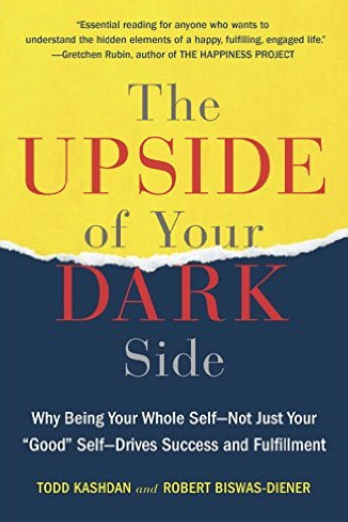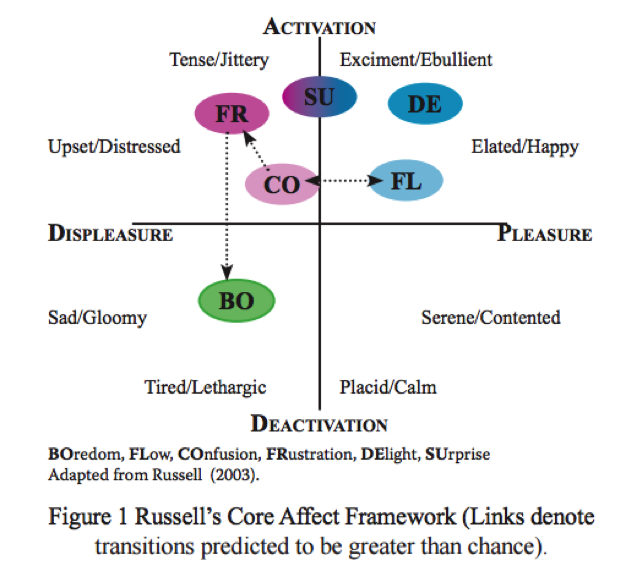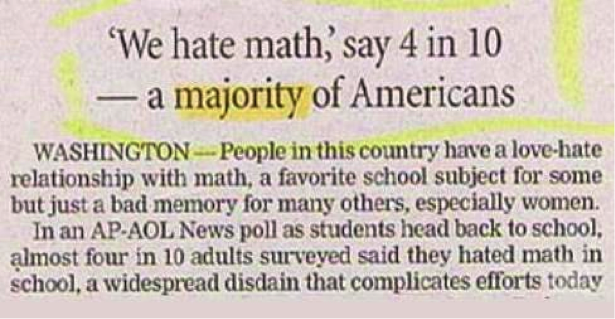On some days, I just want my students to pay attention. Really, is this too much to ask?
“Attention” can be difficult indeed, and for multiple reasons. In the field of psychology, that is, “attention” includes several subcategories.
First of all: are my students awake enough to pay attention? Or, perhaps Red Bull overload has made them too awake?
In either case, I can help students pay attention by moderating their levels of alertness. (“Alertness” is one subcategory” of “attention.”)
If they are already appropriately alert, then perhaps the world around them has too many distractions: the smell of formaldehyde in the Biology classroom, or the sound of the squeaky door outside my English classroom, or the symphonic melodies of text message DINGS resounding down the corridors. If my students orient to these distractions, they can’t orient to me. (“Orienting” is another subcategory of “attention.)
In these cases, I can make attention likelier by reducing these disorienting stimuli: I’ll lemon pledge the lab, oil those hinges, and persuade teens that texts aren’t that important. (How hard can this be?)
But perhaps I need to look in the mirror. Perhaps the problem is that my own teaching isn’t quite zippy enough. All those other stimuli might be disorienting because, frankly, my own work doesn’t pull students in. What, then, can I do?
Beyond the Basics
This question is, I suppose, among the most basic a teacher can ask: how do I make my teaching interesting enough for my students to notice? In a perfect world, intrinsic motivation would keep them panting for more knowledge, but few schools in that perfect world are hiring.
Here’s one excellent source of ideas: in Teach Like a Champion1 Doug Lemov offers dozens of practical strategies to improve a teacher’s craft. From lesson plans to behavioral expectations, Lemov has advice drawn from years of observing highly effective teachers.
Throughout TLAC, Lemov offers strategies to make classroom content the center of attention. For example, he argues (persuasively) for the advantages of cold calling—as long as the technique is used correctly—and offers multiple ways to extend the wait time between questions and answers.
These techniques, and others he outlines, go well beyond the basics in helping teachers make classroom content our students’ focus.
WAAAAY Beyond the Basics
Lemov’s answers, although interesting and helpful, don’t draw on research from neuroscience and psychology—certainly not with the emphasis that Learning and the Brain readers expect. What brain research, then, can most helpfully answer this question?
For me, one research finding stands out for its surprising usefulness. Karl Szpunar’s lab looked at the effect of quizzes on attention, and his results certainly upended my predictions.
Here’s the setup:2
Szpunar had two groups of students watch an online lecture on statistics. (As many graduate students know, it can be a real challenge to make Stats an interesting topic, so this video serves as a useful test case of our teaching problem.) For both groups, the lecture video was divided into 4 segments. One group took a brief break between those 4 segments, but the second group took a short-answer quiz on the factual information they had just learned.
While students were watching these videos, Szpunar’s team interrupted them occasionally to ask if they were paying attention, or if their minds were wandering. In other words, were they orienting to the lecture, or were they disoriented?
And, after the video was over, they gathered two more kinds of data. First, they had students take a test on the lecture, to see who had absorbed more of the material. And second, they asked students to rate the experience in a number of ways. (We’ll get back to these ratings in just a moment…)
Good, Better, Worst
When looking over the data, Szpunar’s team first wanted to know what effect the short quizzes had on mind wandering; that is, did the students who took those quizzes focus on the lecture more or less than the students who simply took a break between the video segments?
Answer: the quizzes cut the mind-wandering in half. Students who took a break between video segments said they were mind-wandering 39% of the time, whereas students who took quizzes said so 19% of the time.
It’s not surprising, perhaps, that if I know I’m about to be quizzed on something, I’m much likelier to attend to it.
Did those quizzes affect how much students ultimately learned? Szpunar’s data show that quizzed students did much (MUCH) better on the final test as well. Group 1 students—who took the break between video segments—scored, on average, 59% on that test; Group 2 students—who took short quizzes—scored an 84%.
Because they were taking quizzes, they were focusing more on the lecture; because they were focusing more, they got a B on the final test, not an F.
So, the good news is that, at least in certain contexts, short quizzes make it likelier that my students will focus on the content that we’re covering (and, perhaps, less likely that they’ll focus on that text message). And the better news is, they learn more when they do so.
But the classroom implication of this research could be alarming indeed: do we really want to be adding more testing pressure to the classroom? Do we—in this age obsessed with high stakes testing—want to have still more tests?
Anxiety is Underrated
I promised we’d get back to ratings. You remember that Szpunar had students rate their experience: in particular, he had them rate their anxiety levels. And the students in the Quiz Group were less anxious…not more anxious, LESS anxious…than those in the Break Group. (Their average anxiety rating was a 2, compared to a 3.75 for those who didn’t take quizzes.)
We associate tests and stress so readily that these results seem baffling. How can it be that quizzes reduced stress? Two answers stand out.
First: the quizzes helped the students monitor their own progress. Every fifteen minutes or so, they got feedback about their own understanding. If they knew the answer to a question, then they could be confident that they were in fact learning the material. And, if they didn’t know the answer, they could look to pick up that information in later segments of the lecture. Quizzes provided feedback that boosted confidence.
Second: the quizzes themselves were low stakes and formative. The quizzes weren’t graded, or fussed over, or factored into class averages. The students simply answered a few questions, and then kept going with the lecture. The tone surrounding the quizzes shaped the students’ experience of them.
Szpunar’s research, although surprising, aligns with other studies on the effect of frequent assessment. When Frank Leeming used daily tests instead of one term-end exam in his college Psychology class, his students were skeptical.3 (You’d be skeptical too if you had to prepare for a test each class.) By the end of the term, however, he found that they learned more than students had in previous years, that they preferred daily tests to final exams, and that they recommended he continue the test-a-day plan in future years.
Lab to Classroom
In my experience, frequent low-stakes quizzing creates a virtuous cycle. The feedback that quizzes provide—here’s what I do know, here’s what I don’t—gives students confidence in the work that they’re doing effectively; it also helps them focus specifically on the problems they identify. Their confidence and focus, in turn, motivate them to work more effectively. And they see the results of this redoubled effort when their quiz grades improve.
In other words, frequent, low-stakes quizzes help create the intrinsic motivation we typically expect to find only in that perfect world school—the one that isn’t hiring.
Two final caveats.
First, the tone of these formative quizzes really does matter. We can tell our students why we’re using them, and even get feedback from them on their usefulness. If they feel burdensome and alarming, then they might cause more harm than good.
Second, note that both of the studies quoted here focus on college students: students who have seen enough academic success to get into college, and whose self-regulatory skills have allowed them to do so. As is always true with this kind of research, teachers must translate the ideas into our own contexts: the school where we teach, the students and the material we teach, and our own personalities.
But for now: put away the Red Bull, shelve the Lemon Pledge, and start thinking of fun quizzes to elevate your students’ attention.
References & Further Reading
- Lemov, Doug. (2015). Teach Like a Champion 2.0. San Francisco: Jossey-Bass. [Book]
- Szpunar, K.K., Khan, N.Y., and Schacter, D.L. (2013) “Interpolated memory tests reduce mind wandering and improve learning of online lectures.” Proceedings of the National Academy of Sciences, 110(16) 6313-6317. [Paper]
- Leeming, Frank C. “The exam-a-day procedure improves performance in psychology classes.” Teaching of Psychology3 (2002): 210-212. [Paper]





















